Should We Ban Foam Cafeteria Trays?
Close your eyes and picture a landfill. Do you see piles and piles of junk? Now, slowly build up the piles until there are looming mounds of trash staring back at you. Open your eyes now. Was that scene something nice to look at? Was it something you would like to see in the real world? If we don’t take action on this, our endless use of thousands and thousands of styrofoam trays will make this picture a hopeless reality.
Cafeteria trays. Everybody uses them because they are cheap and easy to manage. But are they the best for the environment? The answer is a big fat no. Every year hundreds of pounds of trash and non-biodegradable pollutants are dumped into our oceans. What we don’t consider, is that one school can make a difference. We can by being that school. We can make a difference if we work together.
Think about it. We have 6 lunches a day, and at least 50 kids buy lunch in each. Do the math and you’ll find that per day, we go through around 300 styrofoam trays. In a month, we use a whopping 6600 trays! We won’t take you any farther. You’ve got the idea, right? If our school alone goes through this many, imagine how much all the schools in the nation put together dump into our landfills every month. This is not just an issue limited to our landfills; overflows result in trash being dumped into the ocean, killing so much sea life every year.
Take the Great Barrier Reef, for example. The millions of species of diverse and beautiful coral have been degraded to colorless fields of dying sea life. This is called coral bleaching. According to recent studies, plastic can block sunlight from coral and stunt its growth, and puts the coral at risk of multiple diseases. The National Public Radio website (npr.org) says that researchers’ estimate is that over 11 million plastic items are entangled in the reefs of the Asia-Pacific region. This number is excluding China, one of the world’s prominent sources of plastic pollution. The big question here is: Why are we dumping trash to the point where our priceless, diverse species are dying?
Observe these photos of our ocean coral before and after trash dumping.

We have a solution to our problems. Introducing the EcoProducts Biodegradable compostable Sugarcane based trays/plates and more per case. This is an extremely cheap price compared to the other options. Some options stretch to over $50 per pack. We are in the process of researching cheaper options.We asked the lunchroom staff manager for information on this topic and he said that the styrofoam trays cost about 15 to 20 bucks per case. In this case we are saving
We’ve asked some students and staff at CVMS for their opinion, including our very own 7th grade Assistant Principal, Mrs. Catherine Gutierrez. She agreed with this plan, and said, “I think that we as a school can solve this problem, and it is a waste of money as well. It is hard to compress the trays when throwing them away, which wastes money on plastic trash bags. I think the alternative proposed, paper plates, will be a lot better for the school and the environment.”
We also asked 6th Grade ELA teacher Mrs. Kimberly Davalos. Her response: “I think we should definitely take action on this issue and switch to something such as paper plates. We have to think bigger still. People here, starting at CVMS, should go beyond that to change the world and it starts with this. Why should things that are better for our body and our Earth be more expensive?” Another CVMS student, 8th grader Samantha Peck: “I think we should ban foam trays to save the turtles! This issue reaches our oceans, and it’s becoming a huge problem.”Another opinion was that of our very own school mascot. They very clearly showed their agreement with the plan to ban foam trays by saying “neigh!”
So what’s your opinion? Which side of the argument are you on? If you’re still undecided, check out the graph below that summarizes all the data we have collected from our brief poll of unsuspecting students.

You can also voice your opinion here.
Styrofoam trays from our school alone contribute so much to the decline of our colorful ocean, and the overflow of trash in the nation’s landfills. On the other hand, an alternative such as biodegradable plates like paper plates, can be composted. This saves water and recycles our organic resources, conserving landfill space.
Photo Credit: Zainab Saeed 19, 1-22-2019, “#10YearsChallenge: Planet Earth, Then and Now..!!,” PhoneWorld, https://www.phoneworld.com.pk/10yearschallenge-planet-earth-then-and-now/
Photo Credit: Karen Belz April 19, 2018, 10 18, 4-19-2018, “These before-and-after pics of the Great Barrier Reef will make you so sad,” HelloGiggles, https://hellogiggles.com/news/great-barrier-reef-before-and-after-pics/


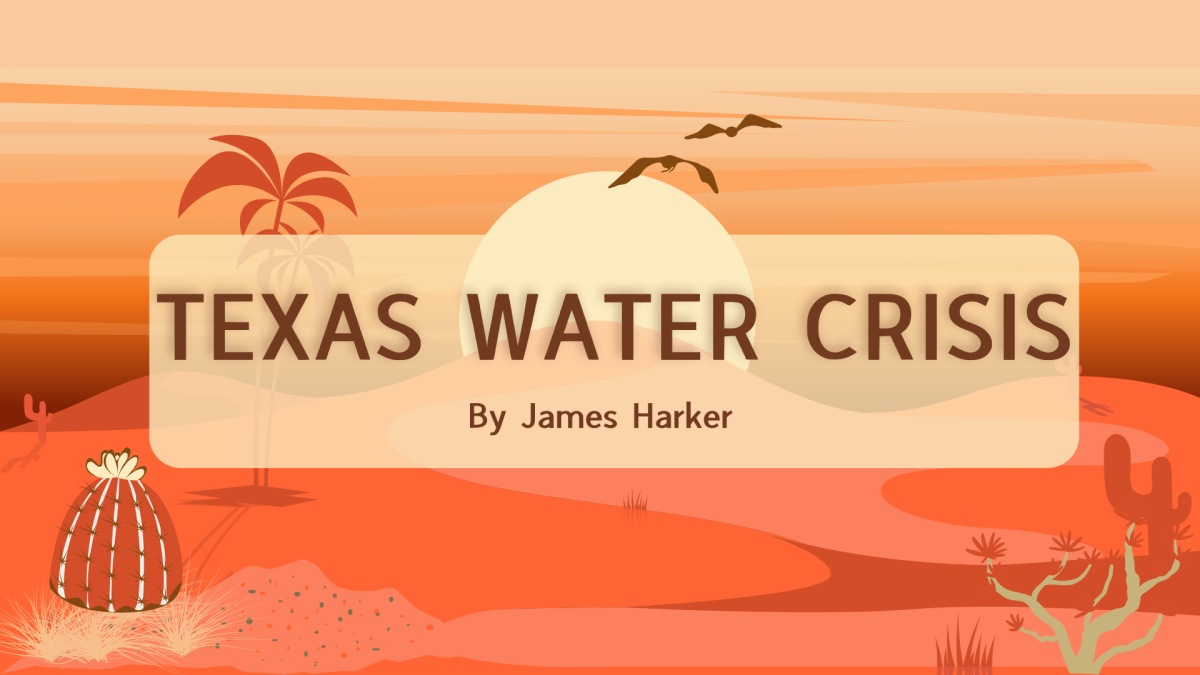
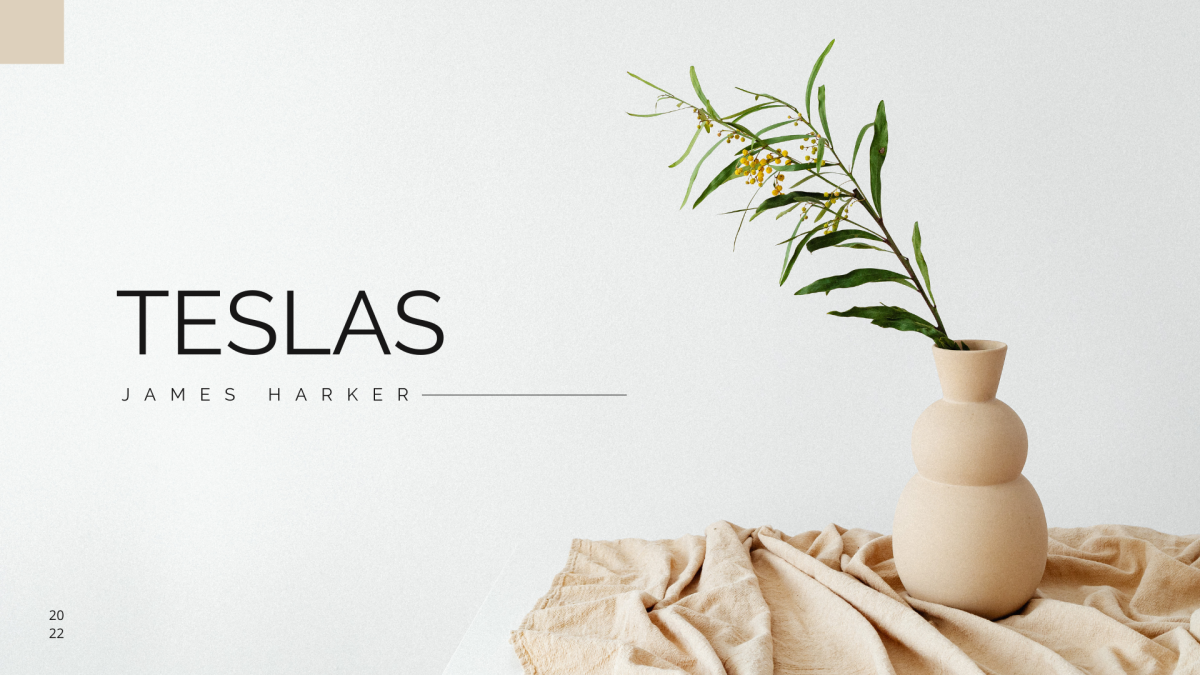

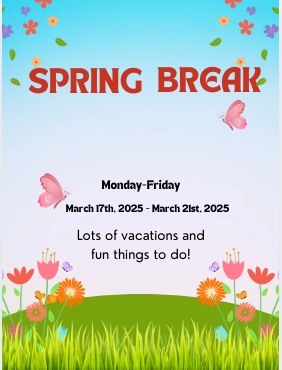


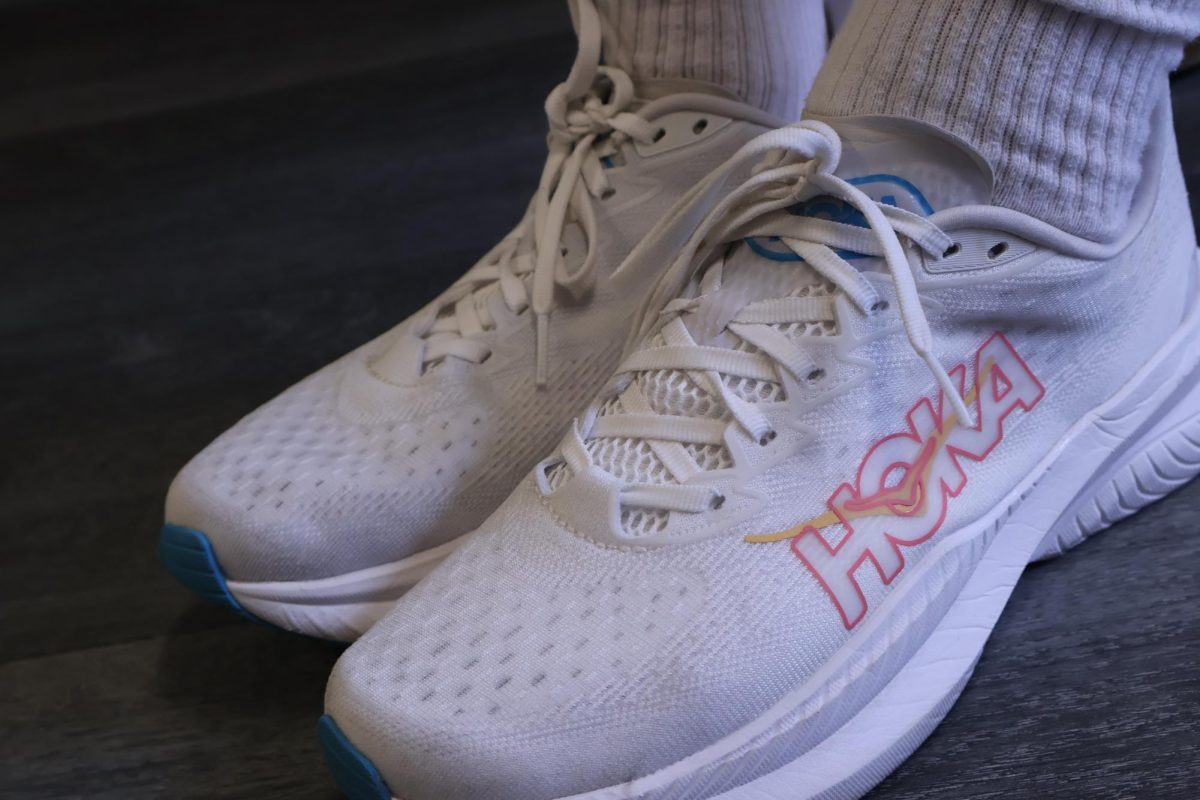
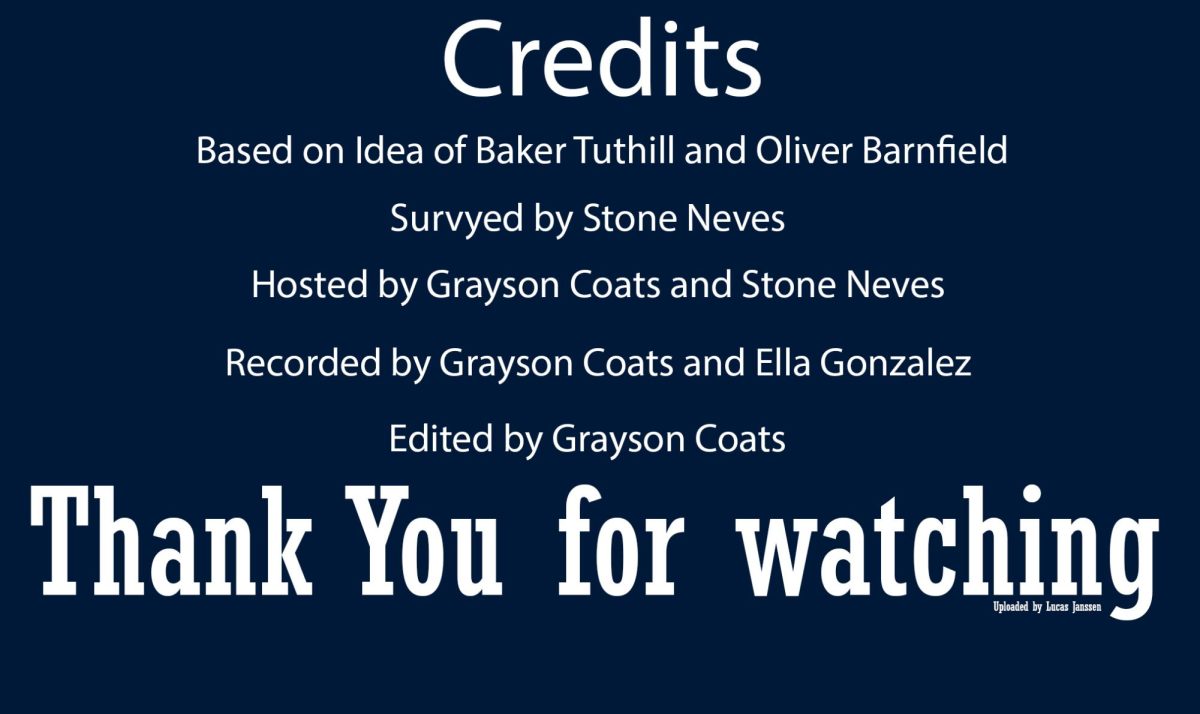
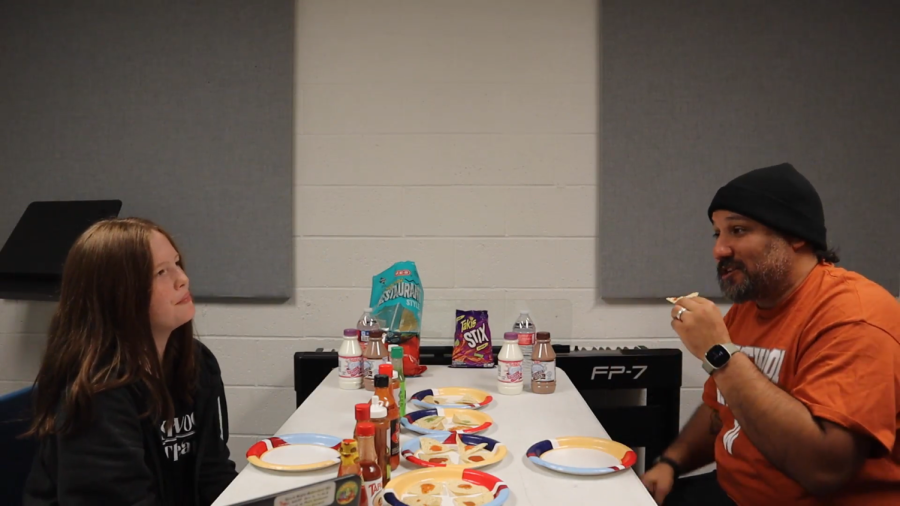





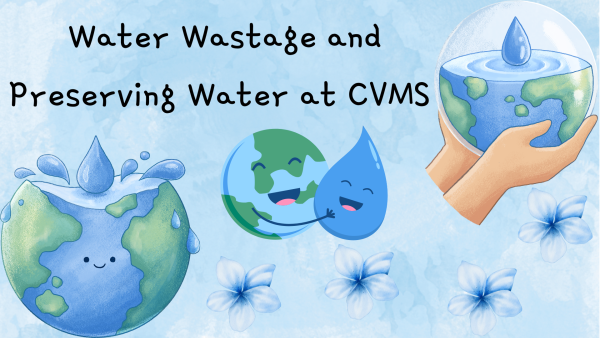


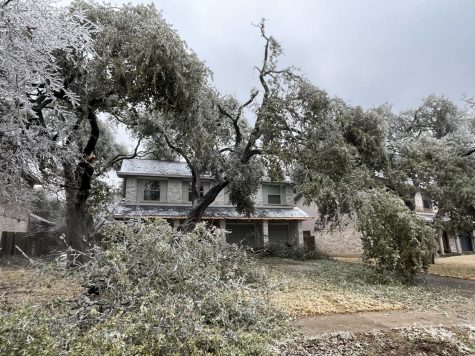

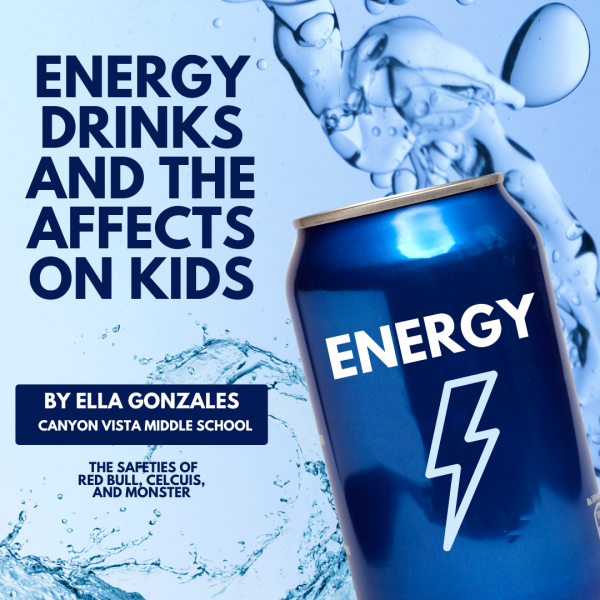
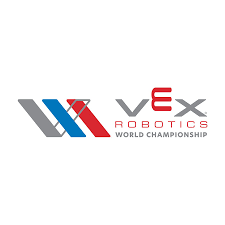


Kavi V. • Apr 23, 2020 at 11:20 pm
Nice article